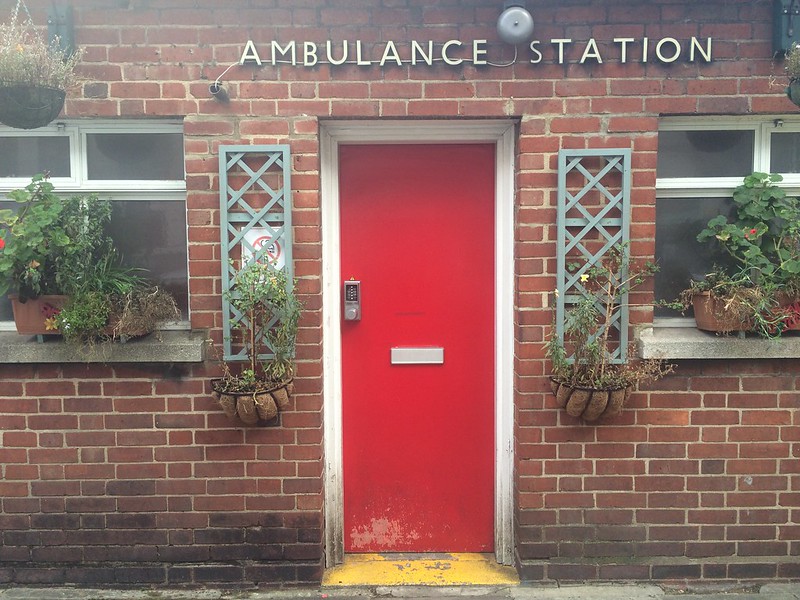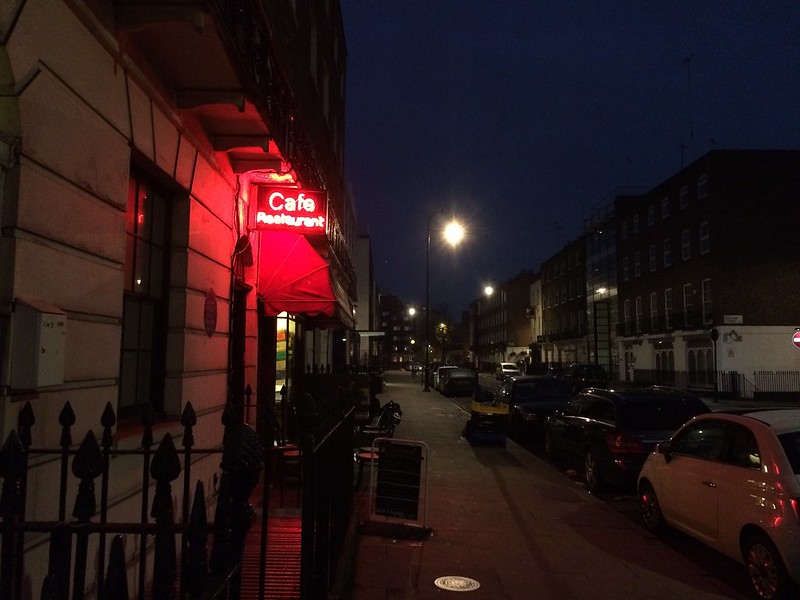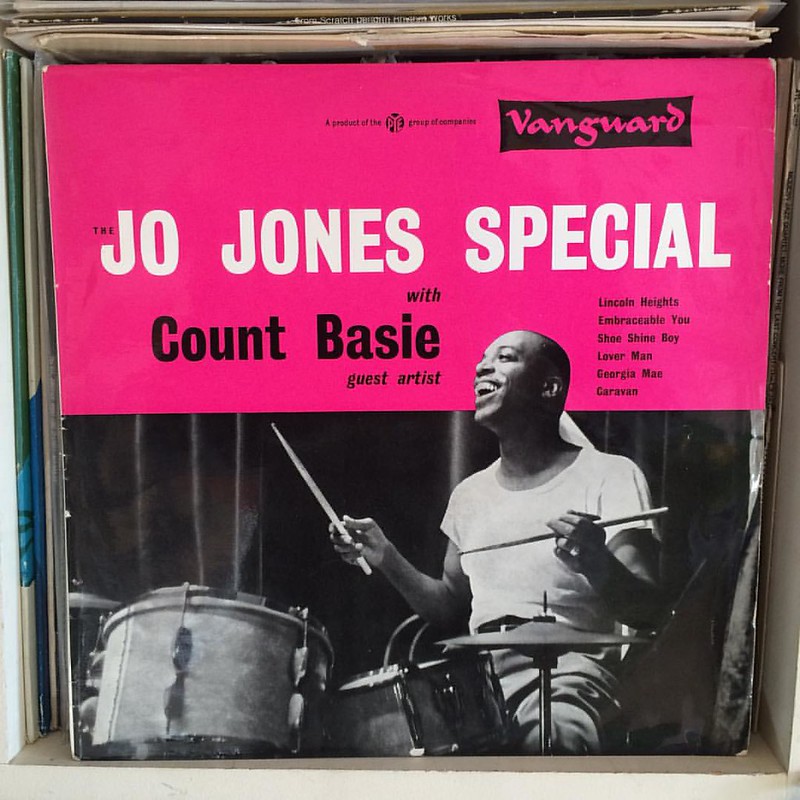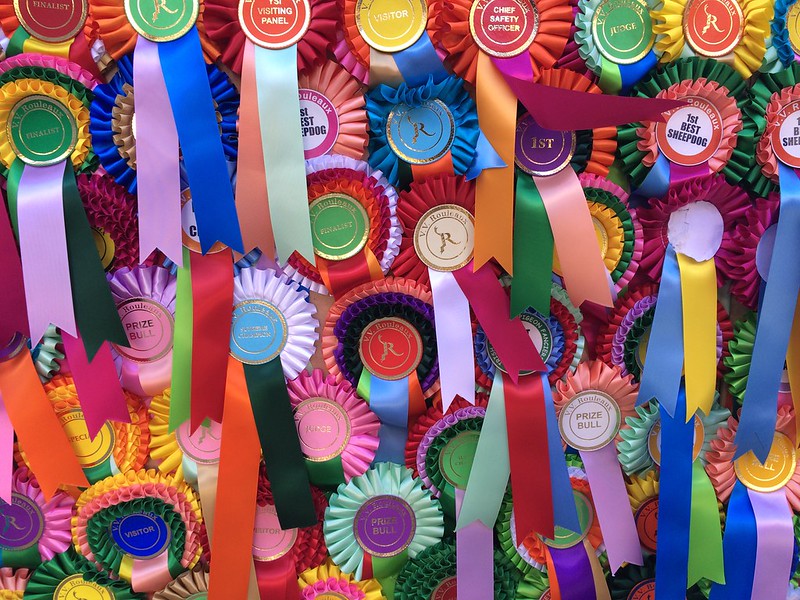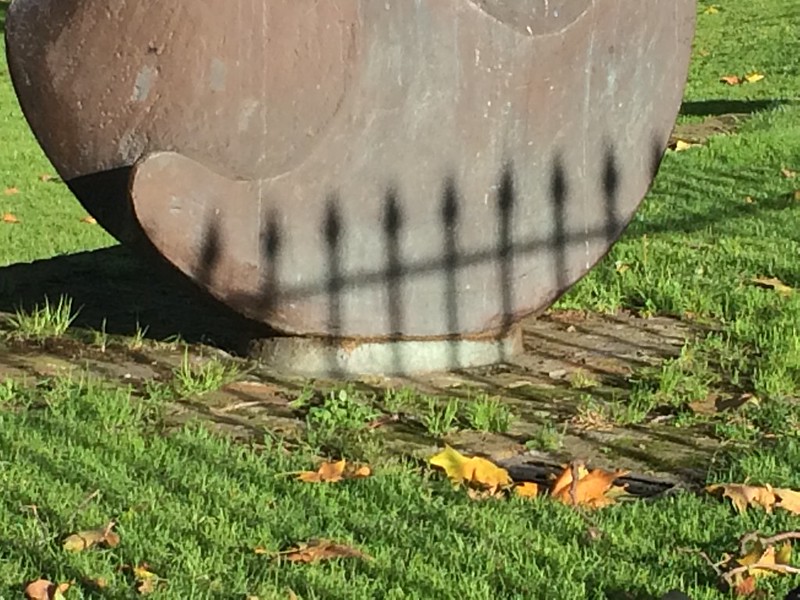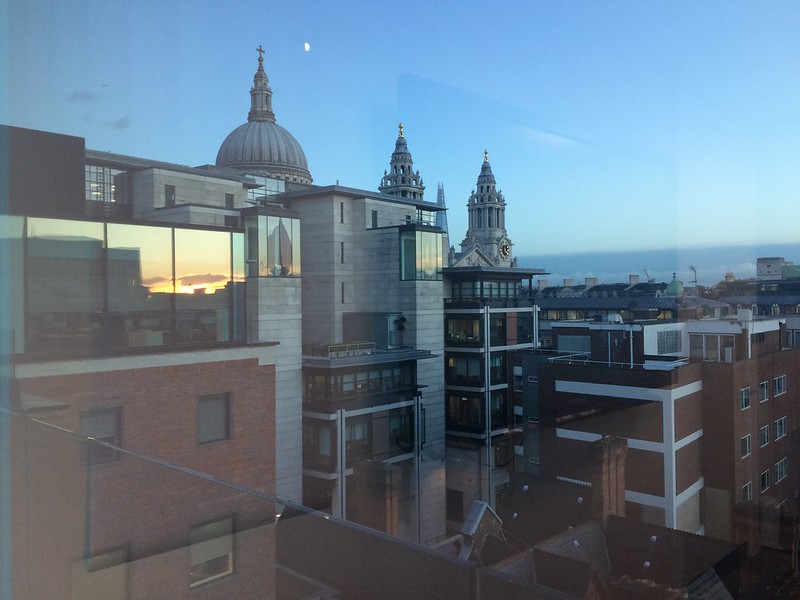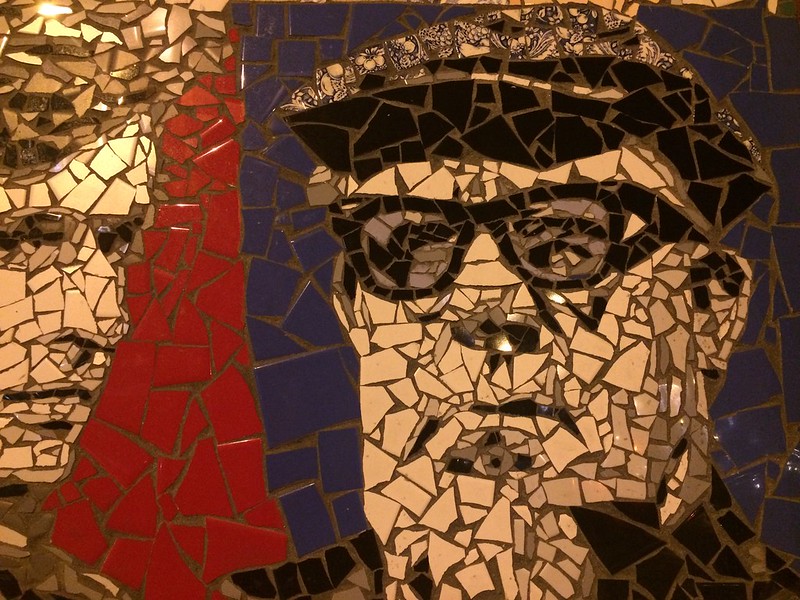Russell Davies
As disappointed as you are
About | Feed | Archive | Findings | This blog by email
So, anyway
I find John Cleese quite hard to watch. He's very clever, often funny and clearly thoughtful but also seems angry and impatient and inclined to indulge cranky, bizarre theories. Still, interesting.
One thing that chimed: he has a theory that the plays of David Hare are so popular because he writes plays about the sorts of things journalists like to write about. A journalist told him that.
November 26, 2015 | Permalink
A digital white paper
One of the things I always wanted to do at GDS was work out what a digital white paper might be like.
A white paper, in government, is "an authoritative report or guide that informs readers concisely about a complex issue and presents the issuing body's philosophy on the matter. It is meant to help readers understand an issue, solve a problem, or make a decision." wikipedia.
They are still, for the most part, written in Word and composed of text. The only tools available to help inform or present that complexity and philosophy are words. Un-networked, un-connected, un-changing words. (It often feels like the tables and the diagrams you get are included for the rhetorical power of their presence rather than any explanatory work they might do. They're always so ugly. The important stuff is normally buried in an appendix anyway.)
I've always wanted to work out what you might do if you wrote a white paper on the web - with all the tools available there. With the things you could embed, the data you could link to, the code you could deploy behind the text and the diagrams.
I've been thinking about that, anyway, as an aesthetic idea. It's, sort of, what my New Aesthetic contribution was about. I touched on it in my Making Magazines talk. And since my coding isn't up to snuff, I made a little video that hinted at some of it:
And now, embedded in a fantastic post about technologists and climate change Bret Victor has made me realise what I was missing.
He's made a demo. He goes way beyond embedding data and embeds models, patterns of thinking, assumptions. It's brilliant. Go to the tools section and scroll-down to "Model-driven debate". Better still read the whole thing. Do it now. Really. It's fun.
He describes it like this:
"This is possible because the author is not just publishing words. The author has provided a model — a set of formulas and algorithms that calculate the consequences of a given scenario. Some numbers above are in blue. Click a blue number to reveal how it was calculated. (“It will save 1,178 million gallons” is a particularly meaty calculation.) Notice how the model’s assumptions are clearly visible, and can even be adjusted by the reader.
Readers are thus encouraged to examine and critique the model. If they disagree, they can modify it into a competing model with their own preferred assumptions, and use it to argue for their position. Model-driven material can be used as grounds for an informed debate about assumptions and tradeoffs.
Modeling leads naturally from the particular to the general. Instead of seeing an individual proposal as “right or wrong”, “bad or good”, people can see it as one point in a large space of possibilities. By exploring the model, they come to understand the landscape of that space, and are in a position to invent better ideas for all the proposals to come. Model-driven material can serve as a kind of enhanced imagination."
This is exactly what I mean. The author doesn't just have to describe their solution - they have to embed the way they're modelling the world. The data they're using, their assumptions, their calculations. And they have to let you explore them. This is what consultation should look like.
It carries the same ineluctable logic as Richard Pope's Cucumber Tests for Regulatory Data but wraps it in something more human-readable.
This, I think, is important. And maybe it's a part of writing a Digital White Paper. A way of of making a digital tool for policy and a way of re-connecting policy to its users.
I wonder if another bit of it is in using networked documents and showing the seams.
November 25, 2015 | Permalink
Scat
♫ My Top 5 #lastfm artists: Anita O'Day (68), Manongo Mujica (39), Masayoshi Fujita (29), Teebs (24) & R.. via @tweeklyfm #music
— russell davies (@undermanager) November 22, 2015
I found Anita O'Day via Ian McMillan talking about jazz and poetry and her scat version of Tea For Two. A gorgeous voice.
November 23, 2015 | Permalink
Thick, sticky
I thought this was going to be the same article I've read a 1000 times - how computers killed writing. But it's much smarter than that; explaining how the thick, sticky ink required to make ball-point pens work made writing, especially, cursive, basically, too hard.
"Fountain pens want to connect letters. Ballpoint pens need to be convinced to write."
My own hand-writing revived about 5 years ago when I stared carrying a Kaweco Sport fountain pen around wherever I went.
November 21, 2015 | Permalink
Events lateralized
Choice little moments from If Then by Matthew De Abaitua.
"And then events accelerated. No, James corrected himself, acceleration implies forward movement. Events lateralized. Events networked."
"Remnants of corporate dialect remained in Alex’s speech"
“Irrevocable decisions form character, James,” said Alex. “It’s a hard decision but by your age, you should have used up all the easy ones.”
"The women spoke in a high questioning tone so as not to disturb the room with assertions"
November 20, 2015 | Permalink




